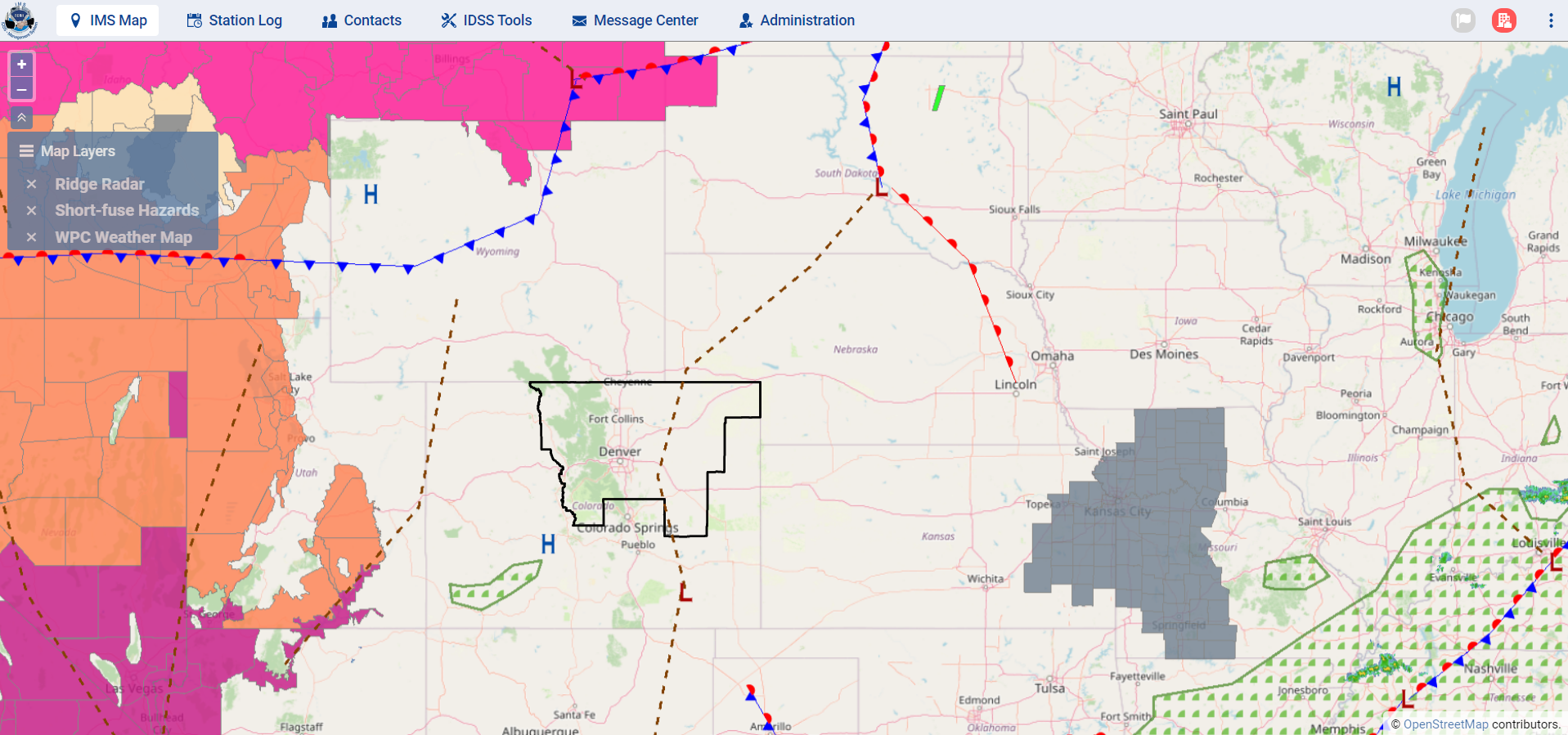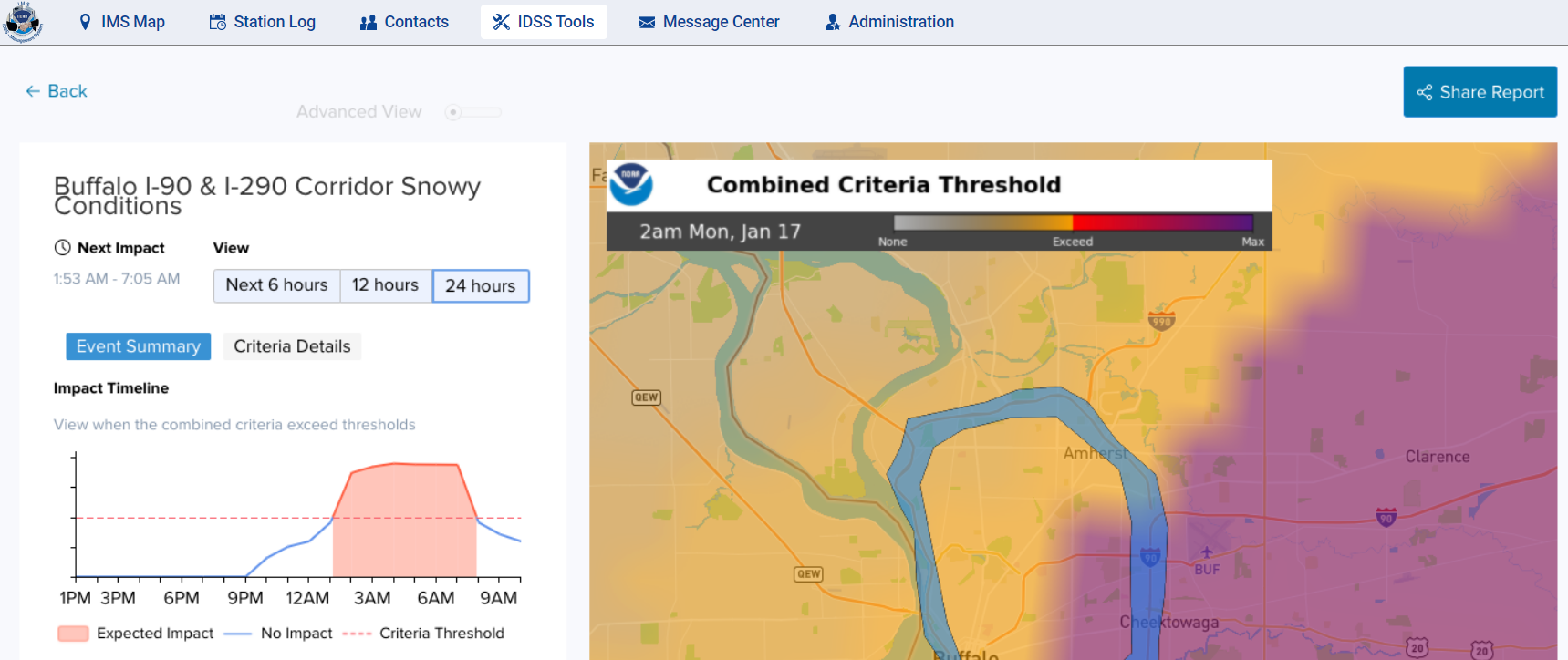The National Weather Service of the US Federal Government is currently modernizing their Impact-based Decision Support System from an outdated and cumbersome technology to Vaadin 23. So far, the results have yielded an increase in developer productivity and more efficient development times.
NOAA: A national agency for weather forecasting and warning
The National Oceanic and Atmospheric Administration (NOAA) has a division known as the National Weather Service (NWS): the official weather forecast and warning agency of the US Federal Government. The agency provides weather, water and climate data, warnings, forecasts, and impact-based decision support services for the protection of life and property, as well as the enhancement of the national economy. The NWS works with a wide array of diverse partners to accomplish its mission.
The project: Modernizing from outdated and cumbersome technology to Vaadin
NWS’s initial partner communication and information management system was designed in 2008. It was based on a Java backend and the JavaScript framework, Qooxdoo. At the time, this design was regarded as cutting-edge, but as web technologies changed, it slowly became cumbersome and began to experience deprecation.
More specifically, designing a complex user interface in JavaScript with over 250,000 lines of code became increasingly tricky. In addition, the application's load time was slow and, due to the complexity of the language, detecting and debugging errors was difficult which resulted in poor performance.
All of these experiences made it critical for the NWS to upgrade its system. In 2017, NWS started looking for alternative solutions, and the research led NWS to discover Vaadin.
Why Vaadin?
The key features that influenced NWS's decision to consider Vaadin were the tight integration with the Java web framework, TestBench functionality, and a complete set of Java UI components. In addition, a lot of weather information is geospatial, and Vaadin’s ability to integrate with client-side JavaScript allows the NWS to use the OpenLayers GIS display package.
We love using Vaadin for web applications. The design structure is straightforward and intuitive, and it makes the vast Java ecosystem of tools available to us as well.
- Matt Davis, Project Manager, NWS
The NWS currently uses Vaadin 23 and a Spring Boot backend to build their new Impact-based Decision Support Services (IDSS). NWS personnel uses this system to organize, query, and display the various information provided by their partners. In addition, the new application has been designed to be easily scalable and runs in containers on AWS. Finally, its backend integration with Slack helps to enhance communication between the agency's partners.
The result: Rapid development with significantly less overhead
The NWS has achieved rapid development results by using the Vaadin Flow framework to develop the new IDSS management system. In comparison to the previous development effort, the team has found it to be more efficient to build with Vaadin.
In addition, thanks to the modularized code, if a user finds something that needs to be changed or tweaked, it's easy to do with Vaadin. Now, developers don’t need to dig through tons of JavaScript code to find exactly what they need, which saves valuable development time and increases their productivity.
The National Weather Service looks forward to completing the application's initial version by July 2023. Upcoming versions are projected to integrate new helpful tools needed in the weather service as the agency devotes to a continuous development cycle. And so far, early feedback has been positive!

Figure 1: Map view Figure 2: Alert view
Figure 2: Alert view
Bring your application to the future with Vaadin! Here's how we can help.